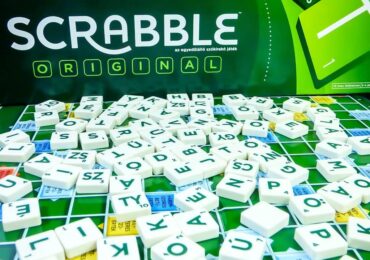The benefits of reading for early learners cannot be overstated. Kids who learn to read at a young age have improved language skills, enhanced cognitive ability, better listening skills, and increased attention.
Children are like sponges, they soak in almost everything in their environments. The more they know about the world around them, the more they find meaning in what they read. When children read, their minds absorb the language and analyze the lessons taught.
But how can parents and teachers help kids understand what they read? It all begins with playing an active role. Helping kids focus on the text and take mental notes throughout the story builds reading comprehension. Use these tips to help young learners understand what they read.

1. Create Mind Movies
There’s no better way to bring a story to life than through visualization. It helps the reader develop an in-depth understanding of the characters and the story. Take time to make mind movies based on the story. A Mind Movie is a slideshow set to music. You can create one on your PC after reading each story.
Also, encourage the child to visualize the story they read. Engage as many senses as the storyline allows. If the story has outdoor scenes, discuss what they look like.
Talk about how the story makes the child feel sad, happy, or afraid. Compare your mind movie to the child’s imagination and discuss the differences. In your movie, make characters come to life with different voices, pauses, and other features.
2. Ask Questions
Providing reading help for kids requires active participation. One way you can gauge their understanding is by asking questions. Doing this encourages the child to look for clues within the story.
Asking questions also spark a child’s curiosity, building their interest in the reading material. Questions inspire kids to pause and ask themselves if the story makes sense. When they get stuck, they can re-read the section to gain a better understanding.
Some questions you can ask include:
- What problem is the character trying to solve?
- What do you think will happen?
- How is the character feeling?
- What’s the most important event in the story so far?
- Which parts were confusing?
3. Make Connections
Making inferences is a great way to build reading comprehension. To do this, ask the reader to identify clues in the story and combine them with the real-life knowledge they already have. This helps them focus on the reading material and make predictions.
An example of inference is connecting red eyes and a runny nose to a cold or an allergy. Pointing out such connections as the child reads helps them understand the material better.
Reading also becomes more meaningful when it gives the reader an opportunity to apply the story in their own lives. It can also help a child cope with the situations they encounter in their everyday life. For example, if a young learner reads a book about standing up to bullies or protecting the environment, they can apply the information in real life.








